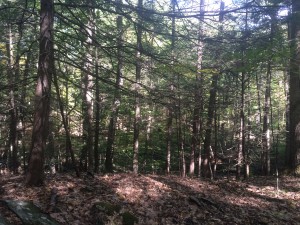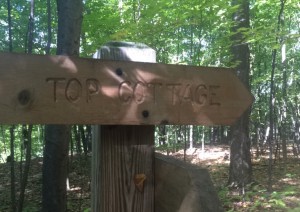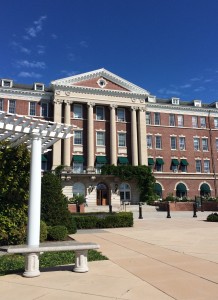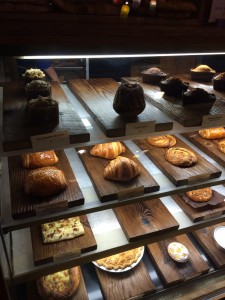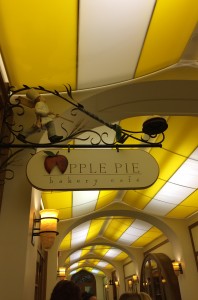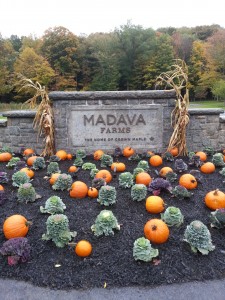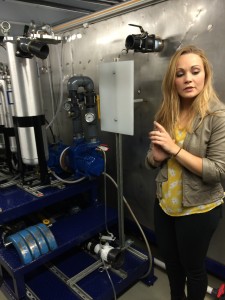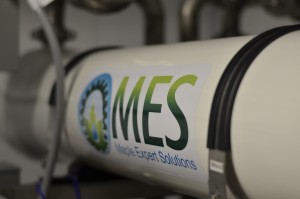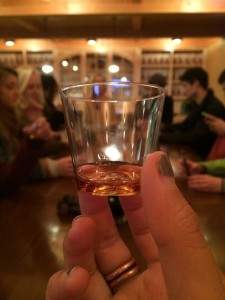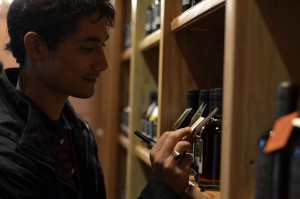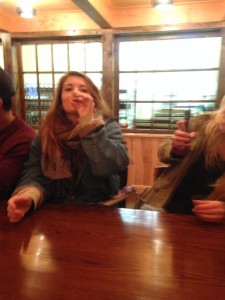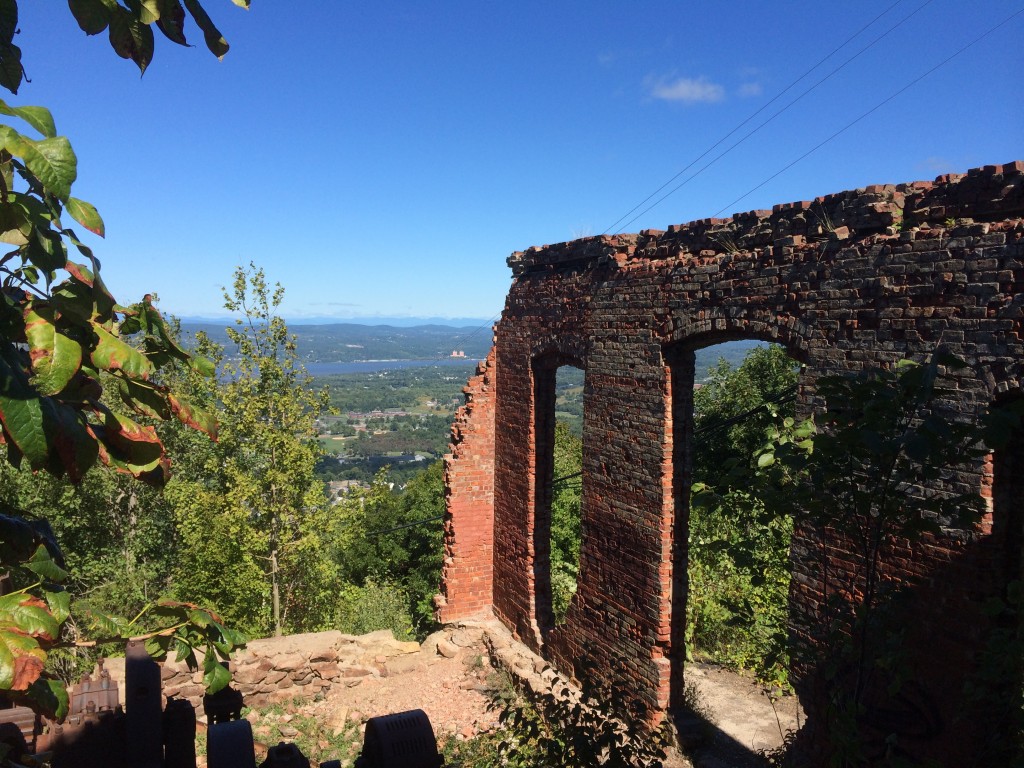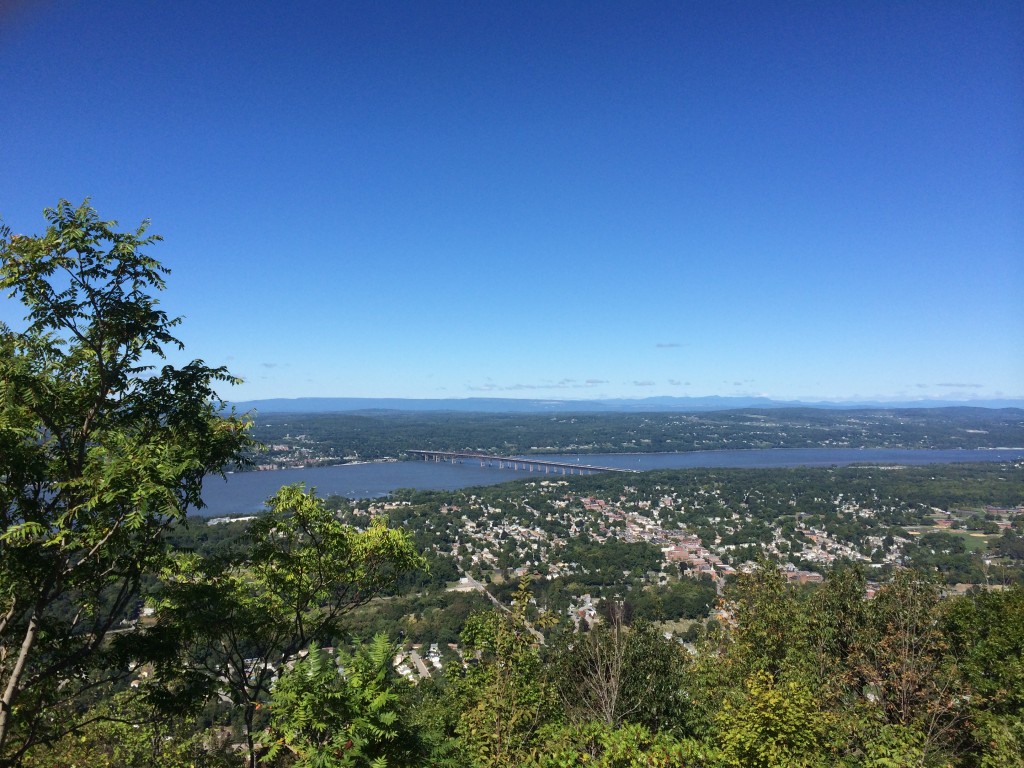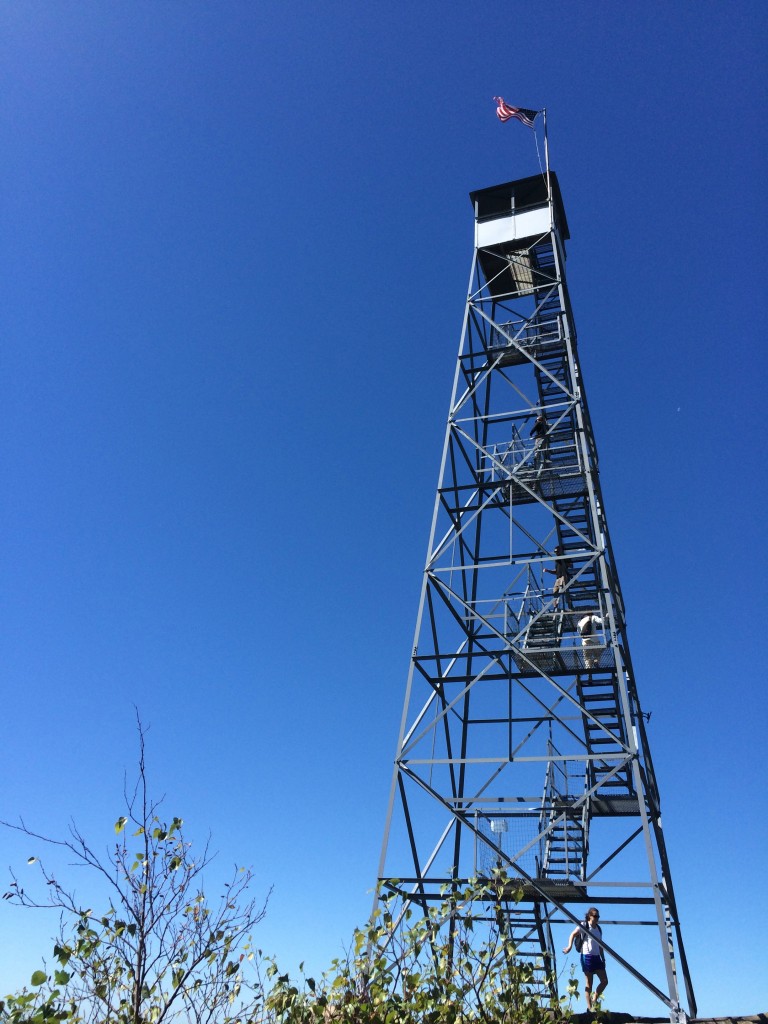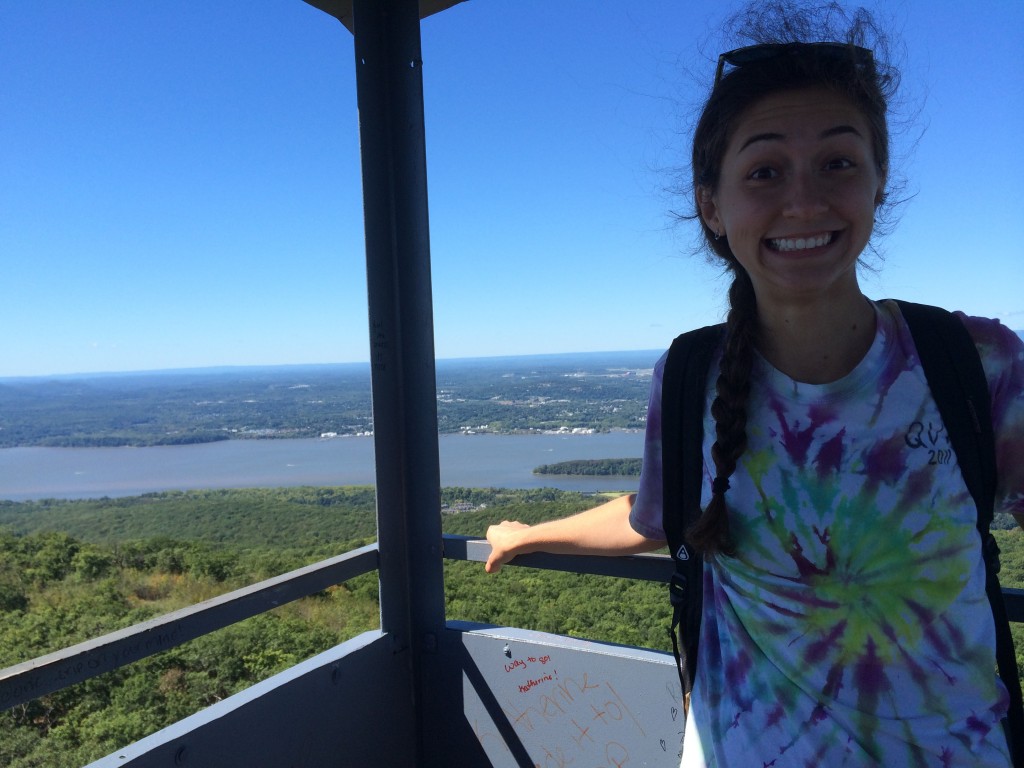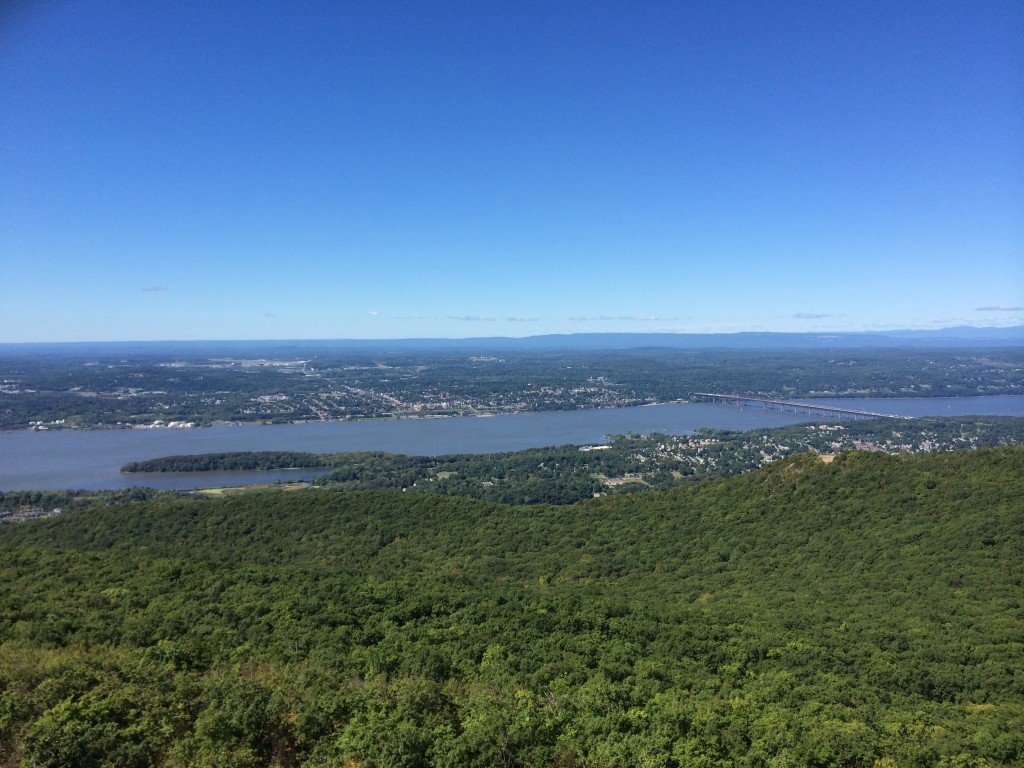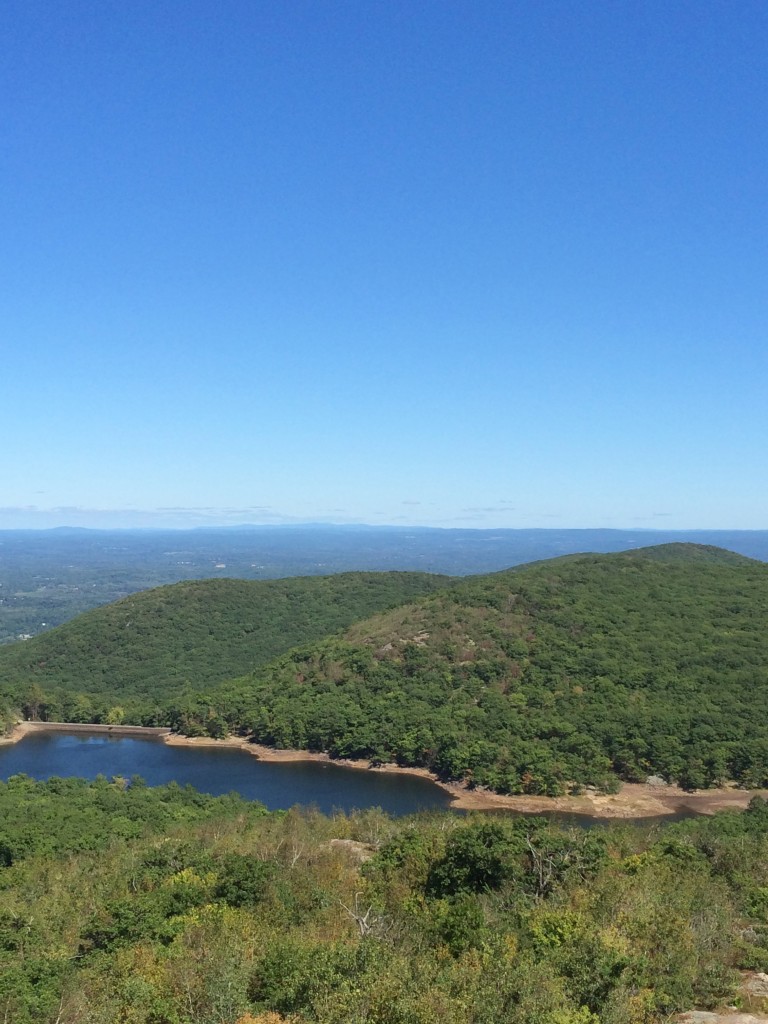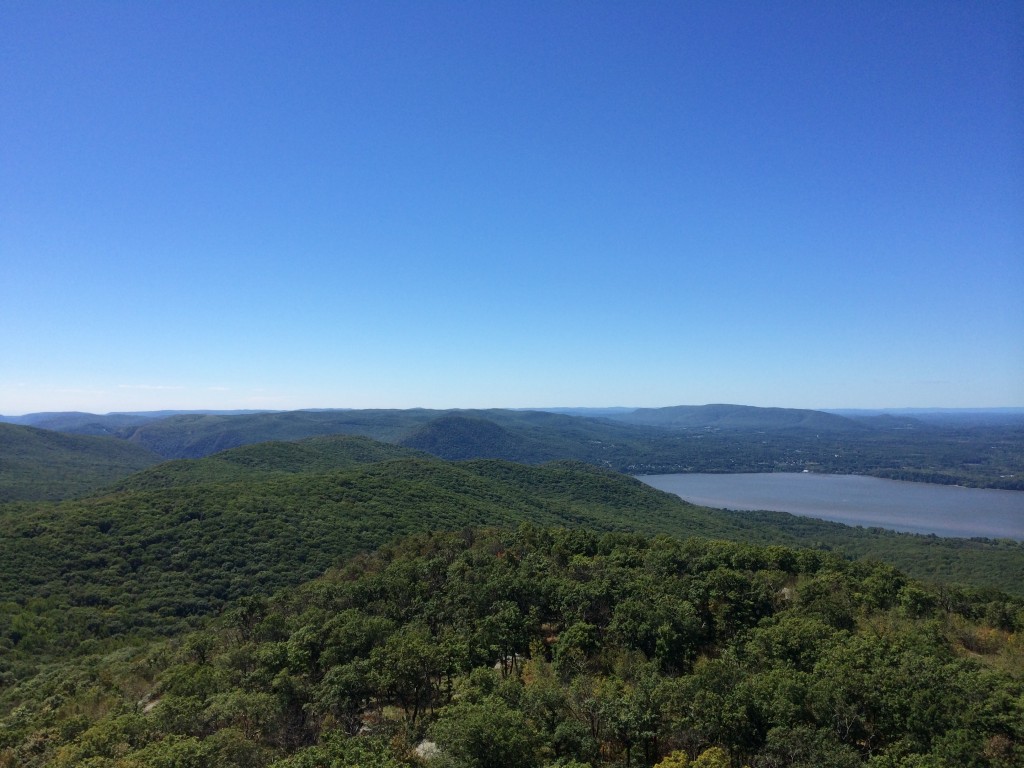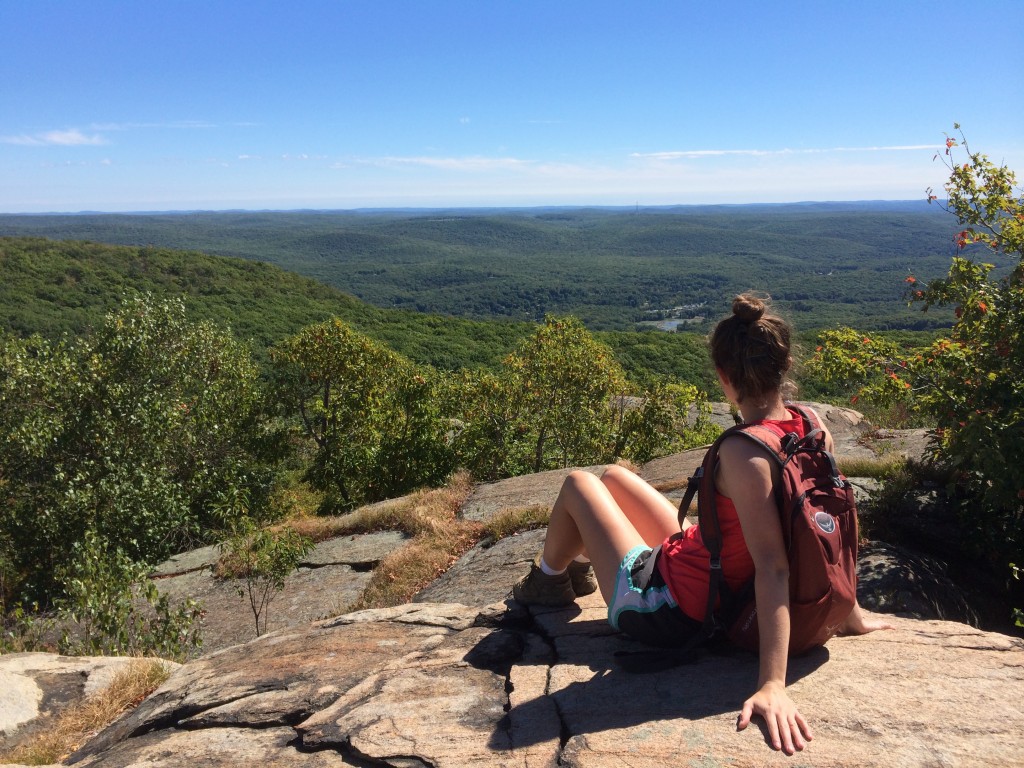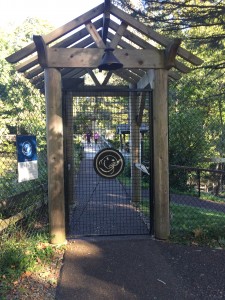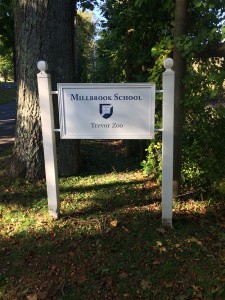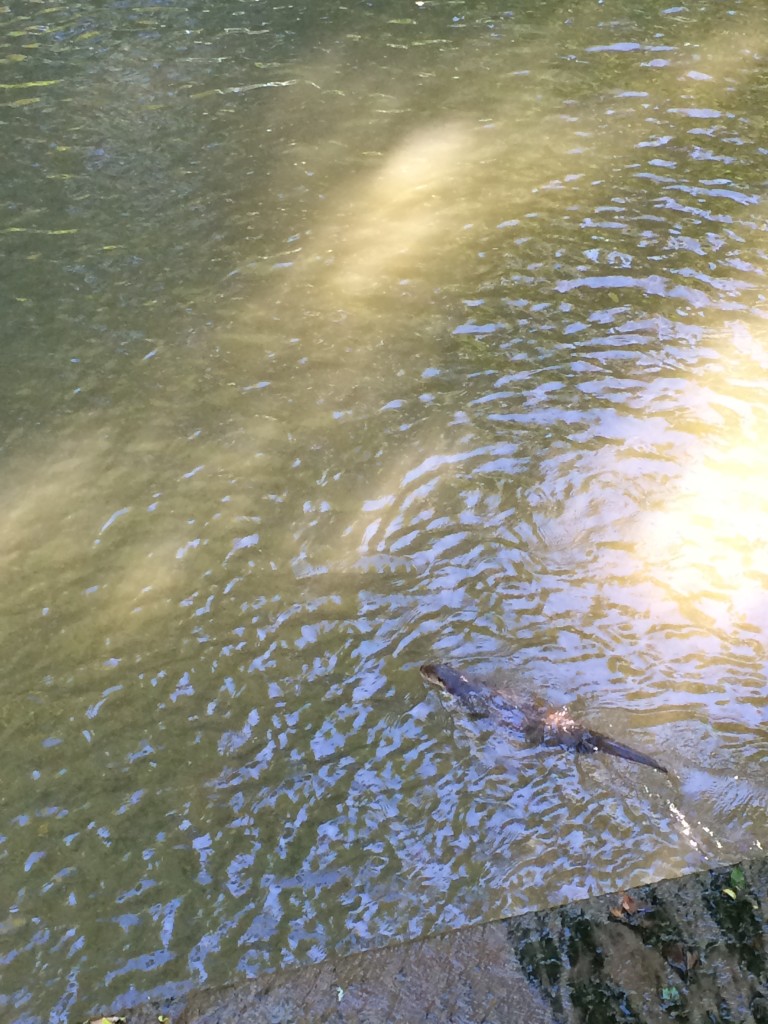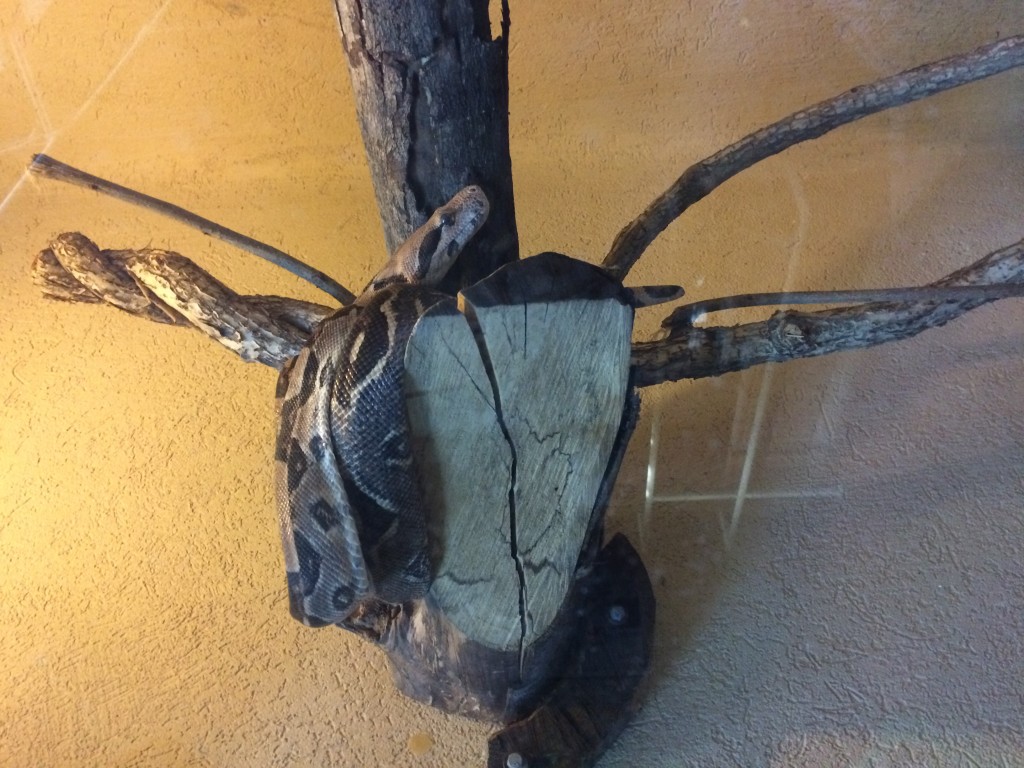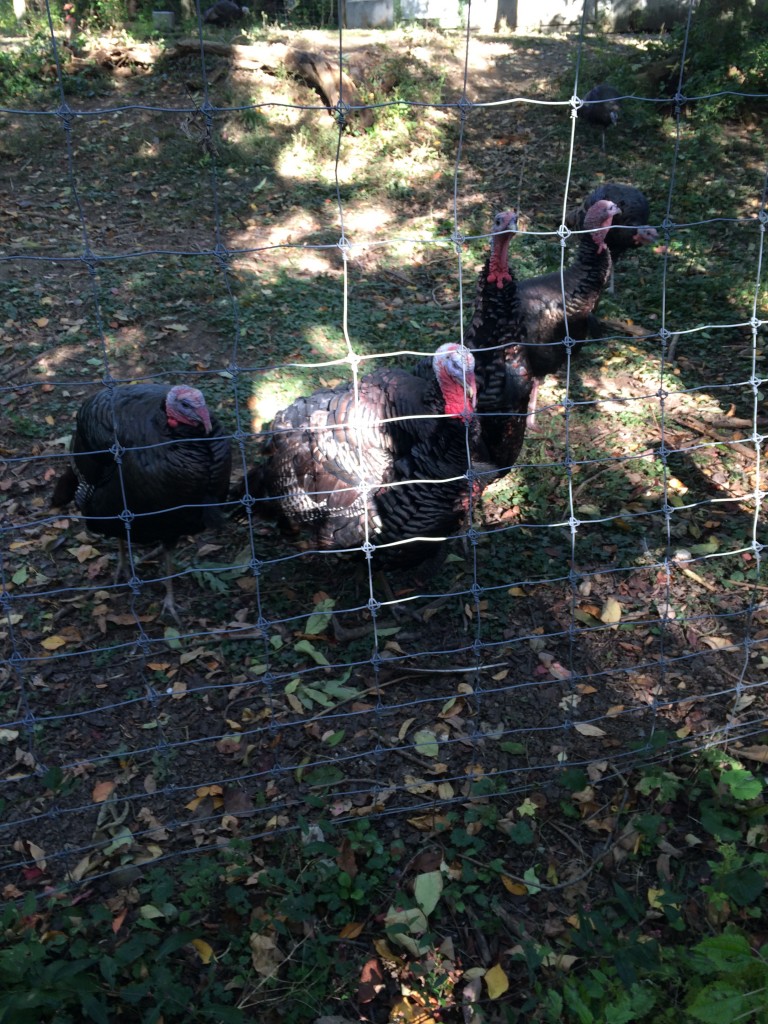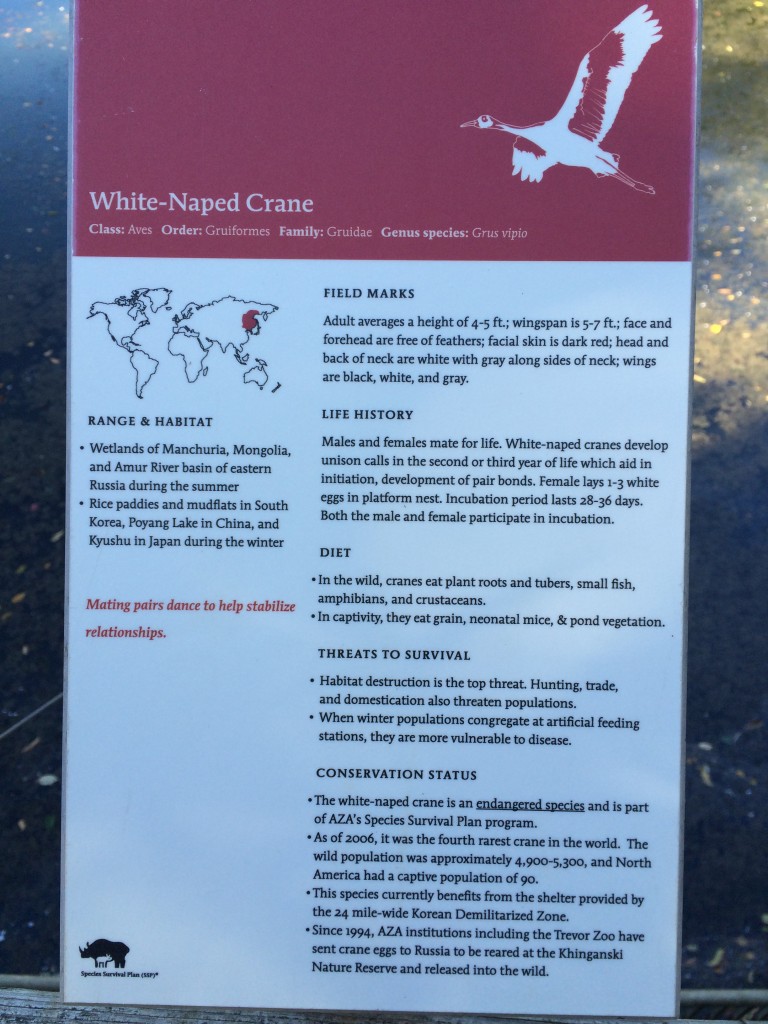This last week I visited Val-Kill, the Eleanor Roosevelt National Historic site, located in Hyde Park, New York. Upon entering the park, a ranger greeted us offering a brochure on Val-Kill with some useful background information on the site, accompanied by a brief biography of Eleanor Roosevelt. Even before her position as first lady, Roosevelt played a significant role in social welfare and civil rights movements, as demonstrated in the history of Val-Kill. Created in the mid-1920s, Val-Kill was in part a place for Roosevelt to test her progressive ideas. In 1926 Roosevelt and three of her friends founded Val-Kill industries as a way to provide farmers and their families with marketable crafting skills to supplement their income. Among other things, the local makers were instructed in furniture construction and pewter working. This model, in fact, became the basis for New Deal programs to come.
In 1936, Val-Kill Industries was converted into a private estate for personal leisure—outdoor recreation and retreats with family and friends. Eleanor Roosevelt was also an avid writer and many of the 27 books she has authored were written at Val-Kill.
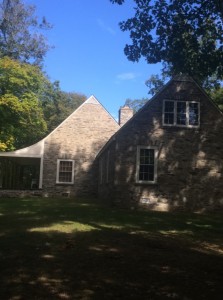
A view of the Top Cottage
Along with the information on Eleanor Roosevelt’s personal history, the brochure comes with a map of the estate and trails. Located on the Fall-Kill creek, the grounds include several cottages, a pond, a rose garden, tennis court, and swimming pool. Though easily accessible by car off of Route 9, Val-Kill feels private and secluded. Most of the estate is wooded, and the ambling trails that traverse the property are only lightly marked. Following the brochure, we chose to hike the Top Cottage trail, about one mile each way. Walking through the woods of Val-Kill, I almost had the impression that I was simply ambling, rather than following a trail—not only
is the path barely marked, it also meanders, going up and down hills, twisting and turning. In terms of the ecology of the region, coniferous pines make up a good portion of the forested area, along with white oaks and maples. The understory—bushes, sapling, and groundcover—is minimal, indicating that this area is an older growth forest. The large deer population in Dutchess County also keeps understory growth to a minimum. The terrain of the area is rocky—hard slate and stones abound. This is evidenced in the architecture of the estate as well—stone walls characteristic of the Hudson Valley traverse the grounds, and even the entire Top Cottage is built of stone. Walking the trail, one feels that there’s something new o discover around every turn; it’s easy to see how this would make for a pleasant nature retreat for Mrs. Roosevelt and her guests, and what draws many tourists to the park today.
Val-Kill is approximately only a 20-minute drive north from Poughkeepsie, making the Metro-North and Amtrak train lines a convenient means of transport from New York City to the park. In May through October, there is also a free shuttle service between the Metro-North Poughkeepsie stop, Val-Kill, and the FDR Estate. This service helps to facilitate tourism opportunities, likely encouraging New York City day trips to the region, especially for those that may not have cars or want to drive. If you want to learn more about Val-Kill, go to http://www.nps.gov/elro/index.htm.

